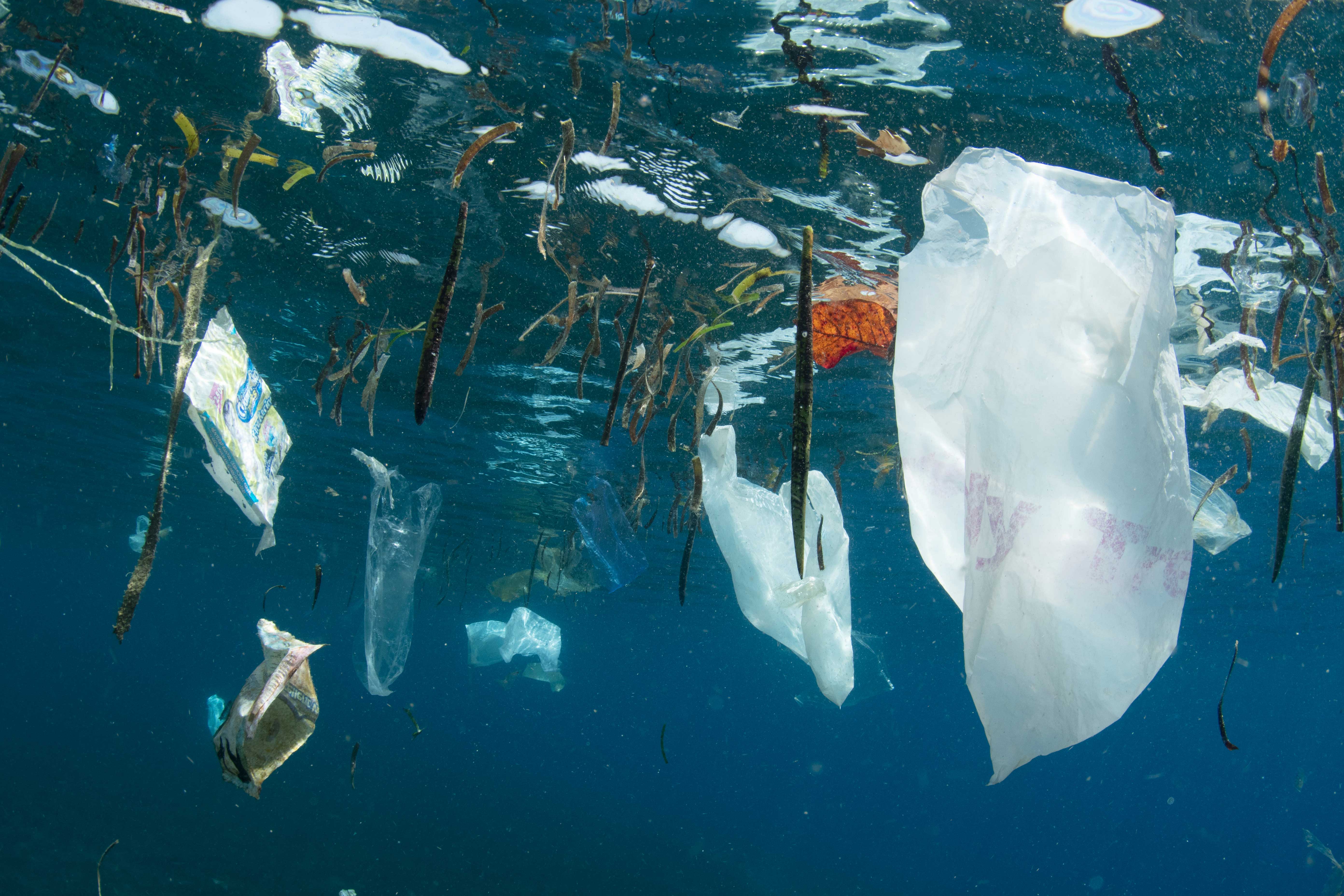At Harvard Graduate School of Design, climate crisis and resilience is a subject that permeates all aspects of the curriculum, from coursework and faculty research to student projects, exhibitions, and public programs. In recognition of Climate Week, which takes place September 23–29, we’ve assembled a few of the many ways the GSD has engaged with climate change this year.
Faculty Research
Which regions and cities in the United States will provide refuge for American climate migrants? As principal investigator for “Duluth Climigration,” lecturer in architecture Jesse M. Keenan collaborated with a team of GSD students to research the viability of the City of Duluth as a suitable destination for climate migrants. Recently featured in The New York Times, the project engages climate adaptation planning, demography, market analysis, design research, and infrastructure analysis to explore a range of scenarios for the physical adaptation of Duluth. For more about Keenan’s research, read about “climate gentrification” in Miami and Detroit or the brewing conflict of interest between financial institutions and the ever-expanding climate services technology industry in the journal Science.
In episode six of our podcast Talking Practice, host Grace La interviews Gary Hilderbrand, founding principal and partner at Reed Hilderbrand, and Peter Louis Hornbeck Professor in Practice of Landscape Architecture. The pair discuss the trajectory of landscape urbanism, highlighting the ways in which new modes of representation have impacted the scope and capacity of landscape architecture to imagine larger systems, and to engage with climate change.
Curriculum
A threatened coastline presents particular challenges to the communities–and ecosystems–of coastal regions. Studios The Monochrome No-image, led by Rosetta Elkin, and Adrift and Indeterminate: Designing for Perpetual Migration on Virginia’s Eastern Shore, led by Gary Hilderbrand, examine regional interventions that might mitigate the effects of a rapidly deteriorating shoreline on the Barrier Islands of the eastern seaboard and Virginia’s Eastern Shore.
This fall, Urban Planning and Design’s Abby Spinak is leading a course on the topic of Climate Justice. Students will “ultimately ask what new kinds of practices, knowledges, and collaborations are necessary to build more just and responsible relationships between people and the nonhuman world, and with each other.”
Public Programs
On October 28, landscape architect Teresa Galí-Izard will give a lunchtime lecture about decentralizing the role of humans within the landscape. How can acknowledging the agency of plants and other non-human actors influence climate outcomes across the globe? Learn more at 12 pm in room 112 of Gund Hall.
On November 21, Michelle Delk of architecture firm Snøhetta will speak to the GSD about creating places that enhance the positive relationships between people and their environment. What are the direct outcomes of a stronger mediation between the built and natural world? Hear more at 6:30 pm in Piper Auditorium.
Alumni Activities
How does an individual’s creative capacity impact a changing climate? On September 28, Susan Israel (AB ’81, MArch ’86), President and Founder of Climate Creatives, will lead a workshop at the Arnold Arboretum around the topic of a creative climate commitment. Free for Harvard University students. Learn more in the Harvard Gazette story “Using art to inspire action.”
Installed on Harvard’s Science Center Plaza last fall, the public-art sculpture “Warming Warning” aimed to inspire dialogue about climate change and viewer engagement with a shape-shifting, participatory exhibition. The piece was conceived by Harvard Forest Fellow David Buckley Borden (MLA ’11) with Harvard Forest Senior Ecologist Aaron Ellison.
Student Projects
Prize-winning thesis “Lines in The Sand: Rethinking Private Property On Barrier Islands” by Maggie Tsang (MDes ’19) and Isaac Stein (MLA/MDes ’20) examined the role of private property in transforming the landscape of the barrier islands, using North Carolina’s Outer Banks region as their case study. Their research proposes an “alternative land trust” as a way of returning coastal territories to their natural function.
In the following work-in-progress video, Melissa Green (MLA ’19) describes her final project for the spring 2019 option studio “The Monochrome No-image” led by Rosetta S. Elkin.
Looking for more? Browse our climate change topic.
